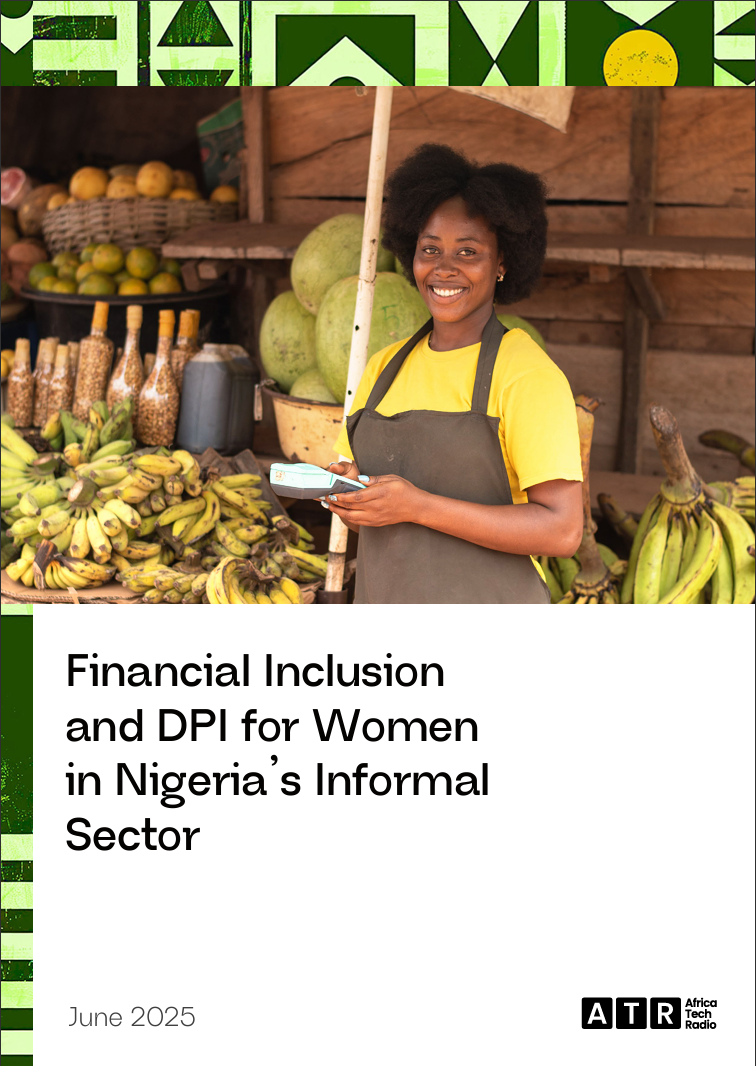
Ads Are Coming to WhatsApp
Meta is testing ads, promoted channels, and even paid subscriptions on WhatsApp. Because who needs peace and quiet in a messaging app? Listen to learn more about your favourite social […]
 play_arrow
play_arrow
Africa Tech Radio [Live] africatechradio

The Other Side of Digital Prosperity
From the chaos of Agege’s morning markets, the fresh air from Oba market in Benin to the cultural pride of Ojude Oba and the sheer determination of the Kemta Adire makers, Nigerian women are rewriting the rules of commerce and they are doing it with nothing but a mobile phone.
This multimedia story series follows the real, raw and often overlooked journey of women navigating Nigeria’s informal economy with digital tools in hand. For some, it is a keypad phone and a USSD string. For others, it is a WhatsApp order, a mobile wallet and a prayer that the network does not fail.
Across four episodes, we explore how these women are using Digital Public Infrastructure such as identity systems, mobile payments and interoperable financial platforms to survive, scale and build wealth. But the story is not just a celebration. It is a reality check.
We followed food vendors who lose revenue daily to failed transfers, Tailors who must toggle between four telcos just to stay connected, Market women who now prefer POS agents to banks because they do not shout, And others who are still struggling to trust any of it, after being scammed or lost their savings to one ghost transaction too many.
The stories show us women who have no NIN but plenty of hustle. Women who share phones, learn by doing and adapt quickly because they cannot afford to wait for policy to catch up.
And while digital tools are enabling a quiet revolution, the infrastructure is still failing too many.
In rural and peri-urban communities, mobile coverage lags behind urban areas by more than 25 percent. Women still make up the largest portion of the unbanked. Some mobile wallets now have millions of female users, yet gender gaps in access, literacy and security remain painfully wide. And while DPI frameworks exist on paper, they often fail to show up where it matters most, in the stalls, shops and streets where transactions happen every minute.
This series is not just a visual archive. It is a call for better systems. Systems that work every time, not just in theory. It is about co-designing policies with the women they are meant to serve. And it is about recognising that inclusion without safety is just exposure.
We have put their stories together. We have listened. We have learned. Now we are sharing.

Meta is testing ads, promoted channels, and even paid subscriptions on WhatsApp. Because who needs peace and quiet in a messaging app? Listen to learn more about your favourite social […]
© Copyright 2023 Africa Tech Radio. All rights reserved.
Post comments (0)